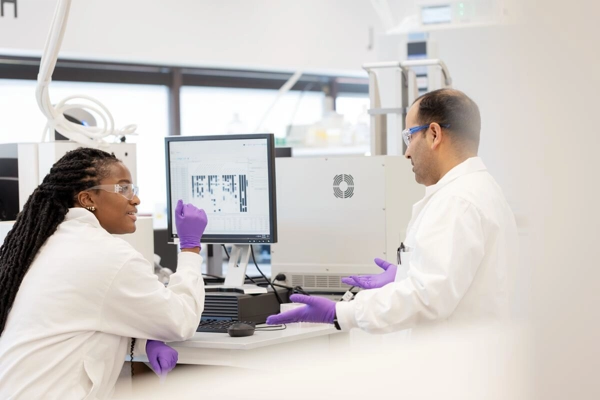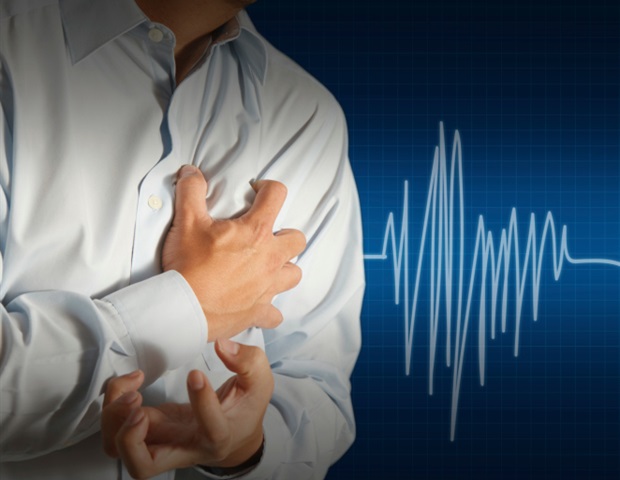Increased volume of epicardial adipose tissue, detected by cardiovascular imaging, was found to be associated with greater myocardial injury after a myocardial infarction. These findings were presented today at EACVI 2025, the…
Category: 6. Health
-

Mapping disease at the cellular level: A single-cell revolution in drug discovery
A pioneering collaboration is unlocking the secrets of disease by zooming in on individual cells. Using single-cell and spatial genomics, scientists are discovering new cell types, revealing new drug targets, and harnessing artificial…
Continue Reading
-

Utilization of the allied health assistant workforce in the Australian
Introduction
The Allied Health Assistant (AHA) workforce plays an increasingly important role in supporting the delivery of allied health services across the Australian healthcare system.1 AHAs work under the delegation and supervision of…
Continue Reading
-

Scientists find dark chocolate ingredient that slows aging
A natural chemical in dark chocolate may play a role in slowing certain signs of biological aging. Researchers at King’s College London have identified theobromine, a plant compound found in cocoa, as a possible contributor to this effect.
The…
Continue Reading
-

Translation and Preliminary Validation of the Computer Vision Syndrome
Introduction
The widespread use of digital technology has fundamentally transformed individuals’ daily visual habits, especially due to the increased screen time.1,2 This has contributed to the development of computer vision syndrome (CVS),…
Continue Reading
-

EULAR proposes new guidance to assess disease activity in adult-onset Still’s disease
EULAR – The European Alliance of Associations for Rheumatology – has identified an unmet clinical need around the assessment of disease activity in people with adult-onset Still’s disease. New points to consider aim to address this…
Continue Reading
-

Higher education increased HIV risk in Africa then became protective
Early research studies in Africa that found higher education was associated with a greater risk of HIV have often been dismissed as errors or anomalies, especially once later research suggested the opposite pattern. But a recently published…
Continue Reading
-

Preventing kidney damage after surgery with biomarkers • healthcare-in-europe.com
‘Acute kidney injury after surgery is a frequently underestimated problem,’ emphasises Prof Alexander Zarbock, director of the Department of Anaesthesiology, Surgical Intensive Care Medicine and Pain Therapy at the University Hospital…
Continue Reading
-

Misophonia Has Genetic Links to Anxiety And Depression, Study Reveals : ScienceAlert
Most of us can relate to feeling uncomfortable when someone scrapes their nails down a chalkboard.
For those with the condition misophonia, sounds like slurping, snoring, breathing, and chewing can draw an equally stressful response.
A study…
Continue Reading

